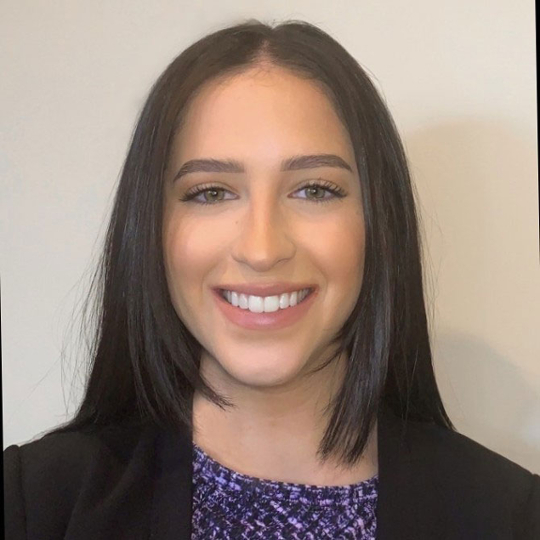Alfred University graduate student wins ACerS-sponsored video contest

Alfred University alumna and graduate student Sierra Kucko ’18 recently won a video contest sponsored by the Bioceramics Division of the American Ceramic Society (ACerS).
Kucko, a PhD student in materials science and engineering from Binghamton, NY, took first place in the Youtube video contest with her entry, "Advanced antimicrobial bioceramics.” Videos submitted for the contest highlighted recent innovation and technological advancement in the field of bioceramics. The Bioceramics Division of ACerS is dedicated to stimulating the growth and activity of the Society, particularly in the areas of the science, engineering, and manufacturing of bioceramics, biocomposites, and biomaterials.
Kucko earned a bachelor’s degree in biomaterials engineering from Alfred University in 2018 and a master’s degree in biomaterials and regenerative medicine from the University of Sheffield (England) in 2019. She expects to earn her PhD from Alfred University in December 2023. The focus of Kucko’s research is on bone graft substitutes, which is reflected in her winning video entry.
Following is the abstract for the video: Medical device infection is a serious threat to the orthopedic industry, especially in combination with the prevalence of antibiotic-resistant bacteria. To combat this, antibacterial ion-substituted hydroxyapatite (HA) is a feasible solution. HA is a sensical choice since it has been used in orthopedic repair for decades and hence, is familiar to researchers and clinicians. HA is accommodating to various ion substitution(s) and by incorporating transition metals such as copper (Cu2+), the prevention or severe limitation of bacterial attachment is possible. These bioceramics warrant a clearer understanding of the tenancy of the incorporated atoms and how that governs other properties such as solubility and safety to our cells.
“Bone itself is a composite material with organic and inorganic components,” Kucko explained. “Our research focuses on mimicking bone by combining inorganic particles (hydroxyapatite) in an organic matrix (polymer). To that end, we are taking it a step further and attempting to also include antibacterial properties in the inorganic component to resist infection, which is the premise of the video.”
